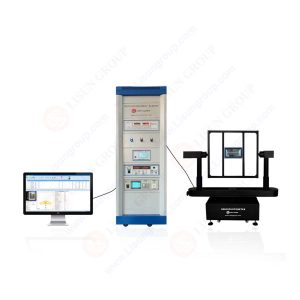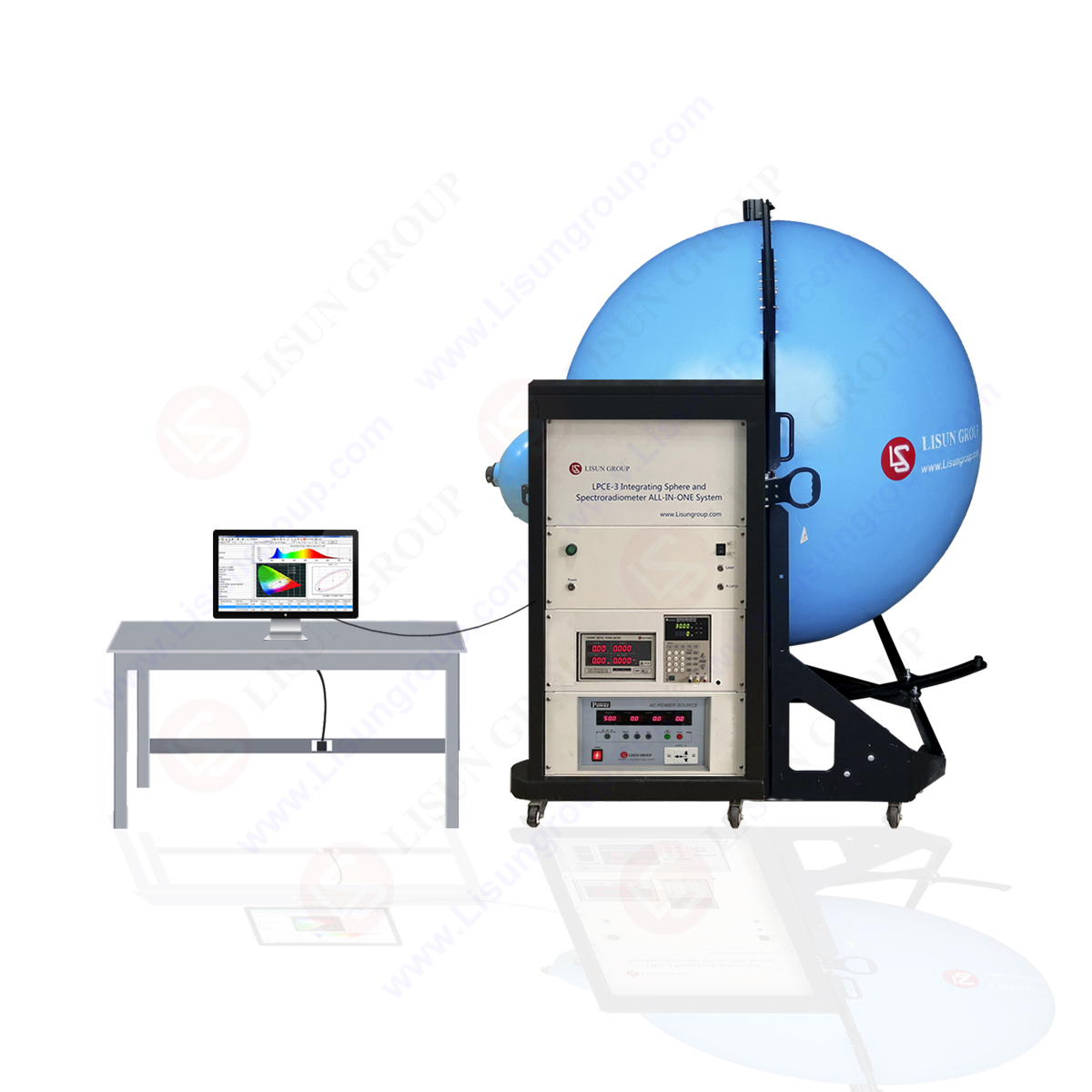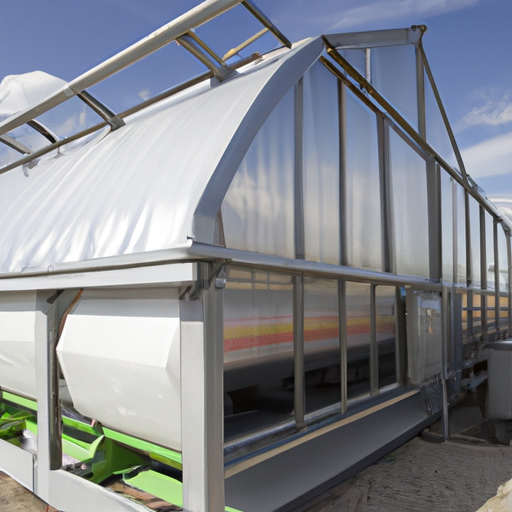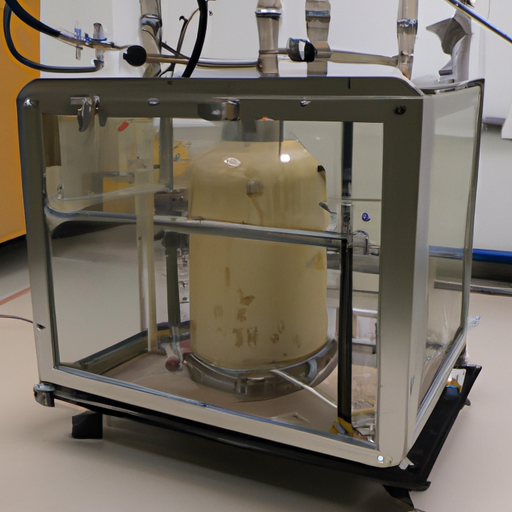
High Precision Rotation Luminaire Goniophotometer LSG-1890
Table of Contents
Measure Your Light Output with a Goniophotometer
A goniophotometer is a specialized instrument used to measure the light output of a device. It is an invaluable tool for manufacturers and designers who need to ensure their products meet the highest standards of quality and performance. With a goniophotometer, you can accurately measure the total luminous flux, luminous intensity, and other important parameters of a light source. This data can then be used to optimize the design of a product and ensure that it meets all regulatory requirements.
If you’re looking for a reliable and accurate goniophotometer, then look no further than LISUN. Our goniophotometer are designed to meet the highest standards of accuracy and performance, and they are backed by our industry-leading customer service and support. Contact us today to learn more about our goniophotometer solutions and how they can help you achieve your goals.
Introduction
Understanding Goniophotometer Measurements can be a daunting task for those unfamiliar with photometric testing. This guide provides an approachable introduction to the basics of Goniophotometer measurements, allowing you to confidently and accurately measure light output from a variety of sources. We’ll discuss the different types of measurements, the benefits of using a Goniophotometer, and the necessary steps to ensure accurate results. With this guide, you’ll be able to confidently and accurately measure light output from a variety of sources.
Introduction to Goniophotometer Measurements
A Goniophotometer is a specialized device used to measure the optical properties of materials and surfaces. It is used to measure the angular distribution of light emitted from a light source, or the angular distribution of light reflected from a surface. This data is then used to determine the reflectance, transmittance, and absorption of the material or surface.
Goniophotometers are typically used in the automotive, aerospace, medical, and electronics industries. In the automotive industry, they are used to measure the reflectance of automotive paints and finishes, and to measure the light output of headlights and taillights. In the aerospace industry, they are used to measure the reflectance of aircraft surfaces, and to measure the light output of cockpit and cabin lighting. In the medical industry, they are used to measure the reflectance of medical devices, and to measure the light output of medical imaging equipment. In the electronics industry, they are used to measure the reflectance of electronic components, and to measure the light output of display screens.
Goniophotometers are composed of a light source, a detector, and a rotating arm. The light source is typically a halogen lamp, LED, or laser. The detector is typically a photodiode or photomultiplier tube. The rotating arm is used to measure the angular distribution of light emitted from the light source, or the angular distribution of light reflected from a surface.
Goniophotometer measurements are used to calculate the reflectance, transmittance, and absorption of a material or surface. The reflectance is the ratio of light reflected from a surface to the total amount of light incident on the surface. The transmittance is the ratio of light transmitted through a material to the total amount of light incident on the material. The absorption is the ratio of light absorbed by a material to the total amount of light incident on the material.
Goniophotometer measurements are also used to calculate the color coordinates of a material or surface. Color coordinates are used to describe the color of a material or surface. The most common color coordinate system is the CIE 1931 color space, which is based on the human eye’s perception of color.
Goniophotometer measurements are essential for ensuring the quality and performance of materials and surfaces used in a variety of industries. They provide valuable data that can be used to optimize the design and manufacture of products.
Goniophotometer Measurement Parameters
A goniophotometer is a specialized device used to measure the light output of a lamp or luminaire. It is a highly accurate and reliable tool used to measure the light distribution of a light source, such as a light bulb or LED. It is commonly used in the lighting industry to evaluate the performance of lighting products.
The goniophotometer measures the light output of a light source in three different parameters: intensity, distribution, and color. Intensity is the amount of light that is emitted from the source. Distribution is the pattern of light that is emitted from the source. Color is the color of the light that is emitted from the source.
The goniophotometer measures the intensity of the light source by measuring the amount of light that is emitted from the source at different angles. The device has a rotating arm that is used to measure the light output at different angles. The device also has a light detector that is used to measure the intensity of the light.
The goniophotometer also measures the distribution of the light source. This is done by measuring the amount of light that is emitted from the source at different angles. The device has a rotating arm that is used to measure the light output at different angles. The device also has a light detector that is used to measure the distribution of the light.
The goniophotometer also measures the color of the light source. This is done by measuring the color of the light that is emitted from the source at different angles. The device has a rotating arm that is used to measure the light output at different angles. The device also has a light detector that is used to measure the color of the light.
The goniophotometer is an essential tool for the lighting industry. It is used to accurately measure the light output of a light source, which helps to ensure that the light source is performing as expected. The device is also used to measure the distribution, intensity, and color of the light source, which helps to ensure that the light source is providing the desired lighting effect.
Types of Goniophotometer Measurements
A goniophotometer is a specialized instrument used to measure the angular distribution of light emitted from a light source. It is used to measure the intensity of light in different directions and is commonly used in the lighting industry to evaluate the performance of lighting fixtures.
Goniophotometer measurements are typically divided into two categories: total flux measurements and directional measurements. Total flux measurements measure the total amount of light emitted from a light source, regardless of the direction it is emitted in. This type of measurement is used to determine the overall efficiency of a light source. Directional measurements measure the intensity of light emitted in a specific direction. This type of measurement is used to determine the uniformity of light emitted from a light source.
When performing a goniophotometer measurement, the light source is placed in the center of the instrument and the light is measured in various directions. The instrument is equipped with a rotating arm that can be adjusted to measure the light in different angles. The intensity of the light is measured at each angle and the data is used to generate a graph that shows the angular distribution of the light.
Goniophotometer measurements are essential for evaluating the performance of lighting fixtures. They are used to determine the efficiency of a light source, the uniformity of light emitted from a light source, and the amount of light emitted in different directions. By using a goniophotometer, manufacturers can ensure that their lighting fixtures meet the required standards for performance and safety.
Photometric Testing with Goniophotometers
Photometric testing with goniophotometers is a method of measuring the light output of a lighting fixture or luminaire. This type of testing is often used to determine the efficacy of a light source, the amount of light produced per watt of power consumed, and the color characteristics of the light.
Goniophotometers are specialized pieces of equipment used to measure the photometric characteristics of a light source. The device consists of a light source, a rotating arm, and a series of detectors. The light source is placed at the center of the rotating arm, and the detectors are placed at various angles around the arm. As the arm rotates, the detectors measure the amount of light emitted from the source at each angle.
The data collected by the goniophotometer is used to calculate the total light output of the light source, as well as the distribution of light in the space. This information can be used to determine the efficacy of the light source, the amount of light produced per watt of power consumed, and the color characteristics of the light.
The results of the photometric testing are used to evaluate the performance of the light source and to ensure that it meets the desired specifications. This type of testing is often used in the design and development of lighting fixtures and luminaires, as well as in the certification of lighting products.
Photometric testing with goniophotometers is an important tool for ensuring the quality and performance of lighting products. By measuring the light output of a light source, designers and engineers can ensure that the product meets the desired specifications and that it will provide the desired level of illumination.
Quality Assurance for Goniophotometer Measurements
Quality Assurance for Goniophotometer Measurements is a critical process for ensuring the accuracy and reliability of light measurements. Goniophotometers are used to measure the angular distribution of light from a source, such as a lamp or LED. This type of measurement is essential for lighting design, product development, and other applications.
To ensure the accuracy of goniophotometer measurements, it is important to use a quality assurance process. This process should include several steps to ensure that the measurements are accurate and reliable.
First, the goniophotometer should be calibrated to the manufacturer’s specifications. This will ensure that the instrument is measuring light accurately. The calibration should be checked periodically to ensure that it is still accurate.
Second, the goniophotometer should be checked for accuracy using a reference source. This reference source should be a known light source with known characteristics. The goniophotometer should be used to measure the light from the reference source and the results should be compared to the known characteristics. If the results are not within the expected range, the goniophotometer should be recalibrated or replaced.
Third, the goniophotometer should be checked for accuracy using a sample source. This sample source should be a light source with unknown characteristics. The goniophotometer should be used to measure the light from the sample source and the results should be compared to the expected range. If the results are not within the expected range, the goniophotometer should be recalibrated or replaced.
Finally, the goniophotometer should be checked for accuracy using a variety of light sources. This will ensure that the instrument is measuring light accurately from a variety of sources. The results should be compared to the expected range and any discrepancies should be addressed.
Quality Assurance for Goniophotometer Measurements is a critical process for ensuring the accuracy and reliability of light measurements. By following these steps, you can ensure that your goniophotometer is providing accurate and reliable measurements.
Conclusion
Understanding Goniophotometer Measurements: A Guide for Photometric Testing provides a comprehensive overview of the photometric testing process, from the basics of goniophotometer operation to the complexities of data analysis. This guide is an invaluable resource for anyone involved in photometric testing, offering a clear and approachable explanation of the process and its associated terminology. With its comprehensive coverage of the topic, this guide is an essential tool for anyone looking to gain a better understanding of goniophotometer measurements and photometric testing.

 中文简体
中文简体





